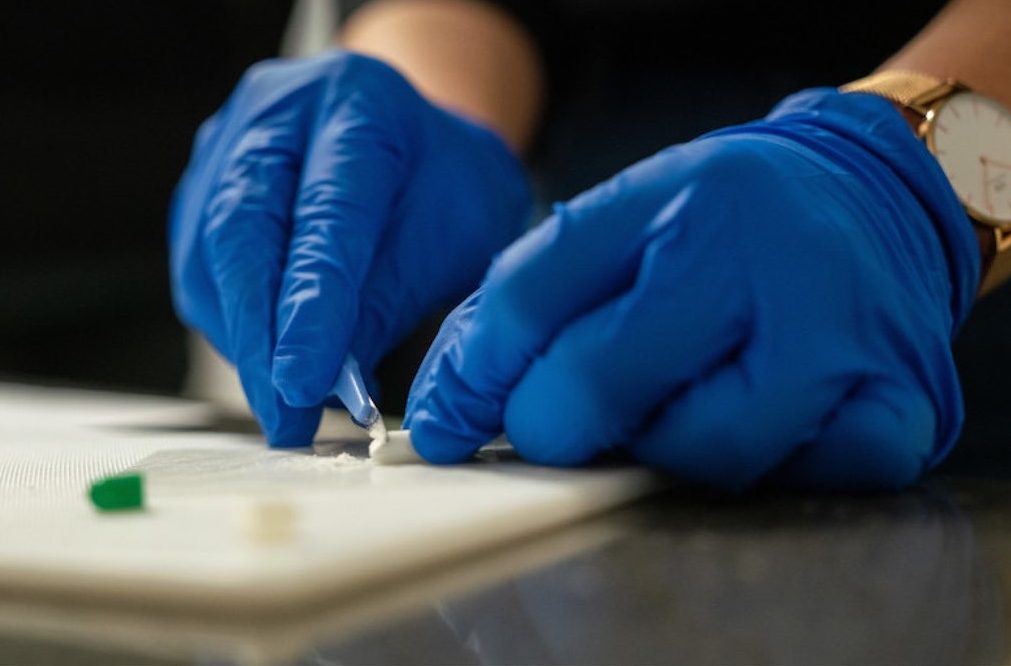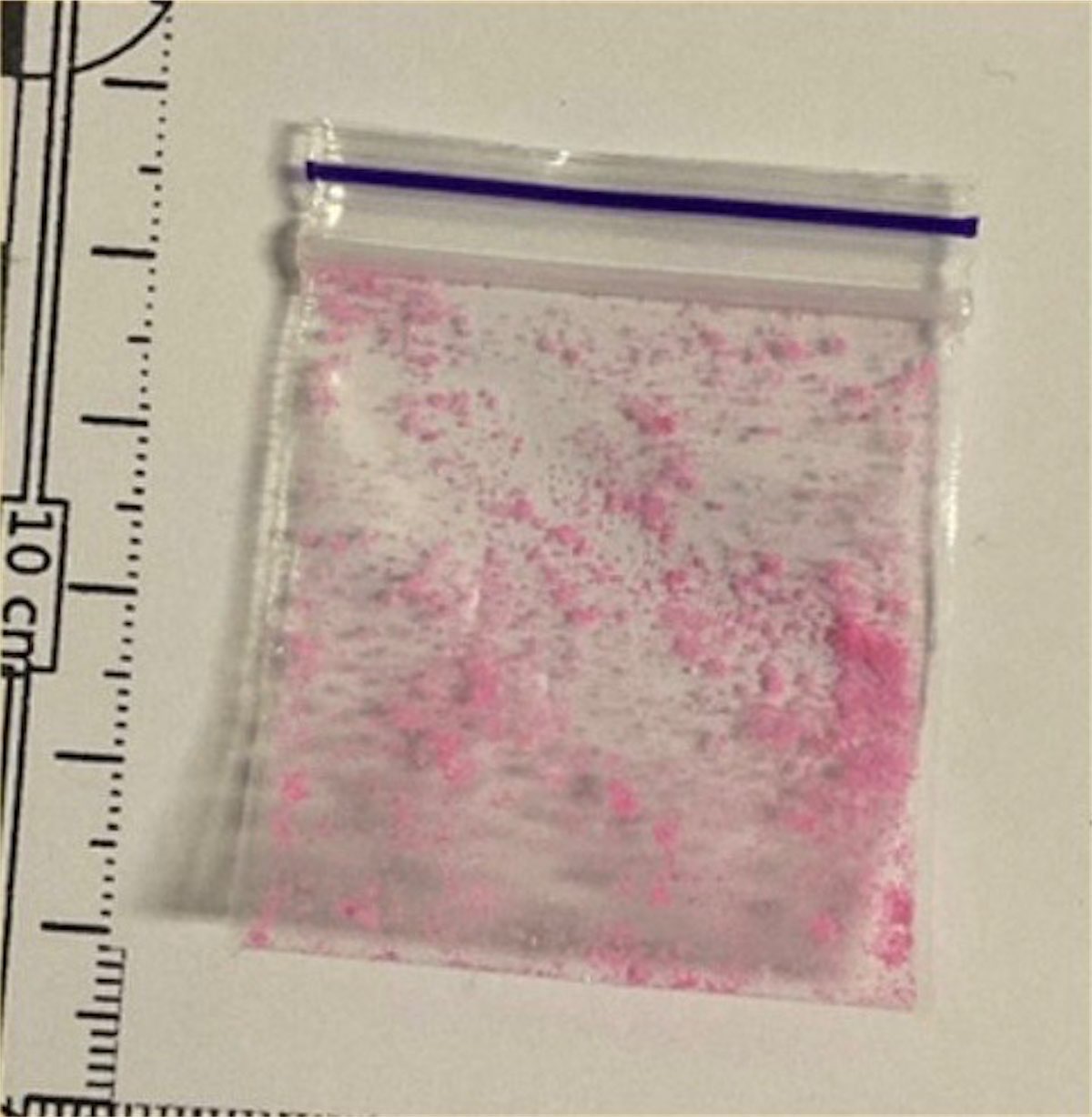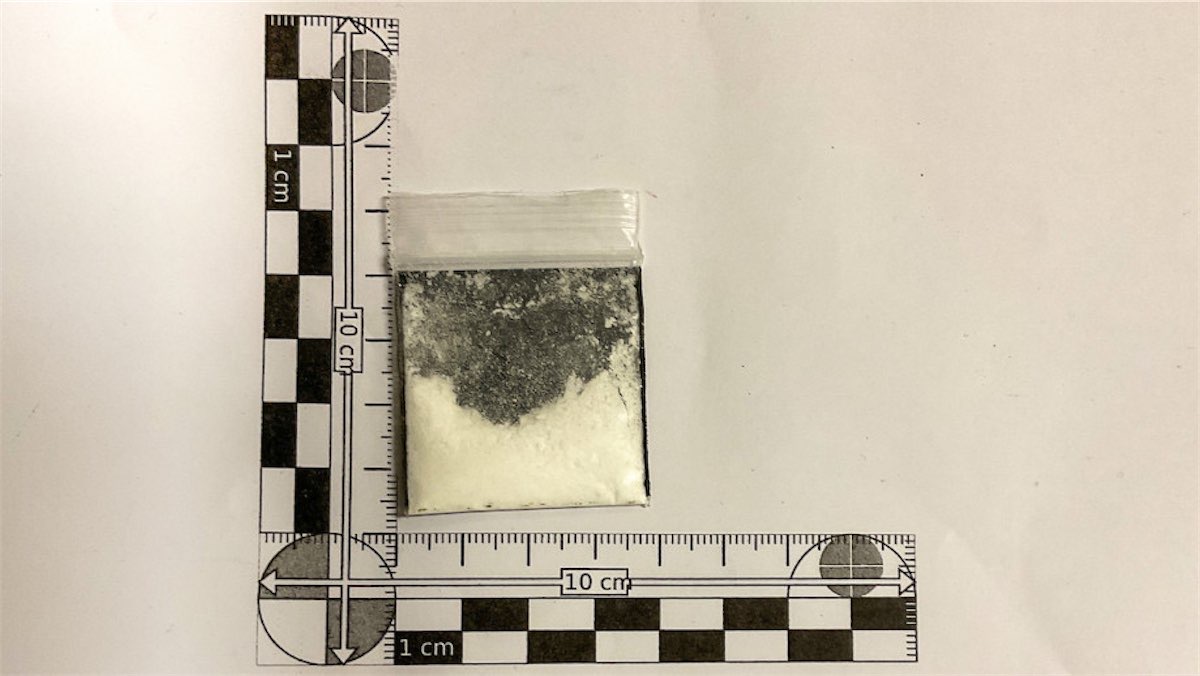
Of the 129 samples submitted as ketamine, only 76 contained ketamine. Reporter LILY PASS looks at the sorts of drugs being presented to CanTEST, the drug-checking service that opened in Canberra almost a year ago.
CANTEST Health and Drug Checking Service opened in Canberra in July 2022 under a six-month pilot.
As of June 2, CanTEST had tested more than 1000 samples, with the free pilot having been extended until August.
In the first month of the fixed-testing sites operation, July 21 to August 12, 58 samples were submitted.
CanTEST operates on a harm-reduction basis only, reporting that “illicit drugs are inherently unsafe and testing can’t certify that you won’t suffer an adverse reaction by taking them.”
Pills, capsules, powders, crystals and liquids can all be tested, and testing can be as quick as 20 minutes. However, CanTEST does not offer testing of plant material, blotters or dilute solutions.
CanTEST is available to assist with chemical analysis of pills or drugs, and helps people to make a more informed decision about taking the drug and how to manage the risks.

For people looking to get their drugs tested, a small scraping/sample needs to be supplied to chemical analysts to be put through specialised testing equipment.
Once the testing is complete, the staff provide information about the results and discuss the potential risks.
The latest data only covers the centre’s first nine months operating, where a total of 881 samples had been submitted.
But, the announcement of their testing record of more than 1000 samples came on June 2.
In the nine months of reported data, from July 21, 2022 to April 20, CanTEST had tested more than 881 drug samples.
Of those samples, 129 were submitted as ketamine, but ketamine was only present in 76 of them.
304 samples were submitted as MDMA, but it was only found in 241, heroin was expected in 23 samples, but only found in 18, meth was expected in 37 and found in 34, and cocaine was expected in 114, but only found in 91 of the samples.
While purity levels varied significantly, samples of MDMA and cocaine ranged from a low of less than five per cent purity, to heights of 84 per cent purity.
Ketamine purity ranged anywhere from 21 to 88 per cent, heroin ranged from 23 to 76 per cent pure and methamphetamines ranged from eight to 83 per cent.
Six community notices have been issued since CanTEST opened, warning consumers of dangerous or unusual substances that have been found in samples.
The first was issued on September 7, when dimethylpentylone was found in an MDMA sample.
CanTEST report: “dimethylpentylone is a synthetic cathinone. It’s a powerful additive, or substitute of, MDMA. The effects can include a significantly elevated heart rate, an urge to re-dose, elevated body temp, tingling in extremities, anxiety, headaches and insomnia.”
The next report came on September 20, when 2-fluoro-2-oxo PCE was found in ketamine samples.
“2-fluoro-2-oxo PCE is a synthetic ketamine derivative that has not been studied, so information can’t be provided about duration, harmful dose levels or interactions with other drugs.”
December 31 saw a third community notice, when metonitazene was found in oxycodone samples.

“Metonitazene is a strong synthetic opioid which is known to cause overdose. Globally, it has been associated with fatalities and can be as strong as, or stronger than fentanyl,” the report states.
3-HO-PCP was found in a sample presented as ketamine on March 7.
CanTEST report “3-HO-PCP is a dissociative analgesic with effects reported to be similar to phencyclidine (PCP or “Angel Dust”). Little is known about 3-HO-PCP’s pharmacology and toxicity for humans, but animal studies have shown it can affect opioid receptors and may cause breathing difficulties.”
On March 12, 4-fluoroamphetamine (4-FA) and 25C-NBOMe was found in a sample of 2C-B.
“Individually, these drugs have caused deaths. The combination of these drugs was associated with four deaths in Melbourne in 2017, other deaths overseas and many hospitalisations. This combination presents a significant danger,” the report states.
And, the most recent community notice came on May 15, where drug cocktail “tusi” was found in a 2C-B sample.
“Known as ‘tusibee’, ‘tusi’ or ‘pink cocaine’ and known for its distinctive colouring. Tusi was named for containing 2C-B, but when tested contains a mix of things and doesn’t always contain 2C-B,” report CanTEST.
Other interesting discoveries include one white crystalline sample, submitted as methamphetamine, contained none, and was identified as sugar. Another unknown sample was submitted that presented as lactose, with caffeine also frequently mixed in with samples.
CanTEST, 1 Moore Street, Civic. Open Thursdays 3pm-6pm and Fridays 6pm-9pm. Visit directionshealth.com/cantest/
Who can be trusted?
In a world of spin and confusion, there’s never been a more important time to support independent journalism in Canberra.
If you trust our work online and want to enforce the power of independent voices, I invite you to make a small contribution.
Every dollar of support is invested back into our journalism to help keep citynews.com.au strong and free.
Thank you,
Ian Meikle, editor





Leave a Reply